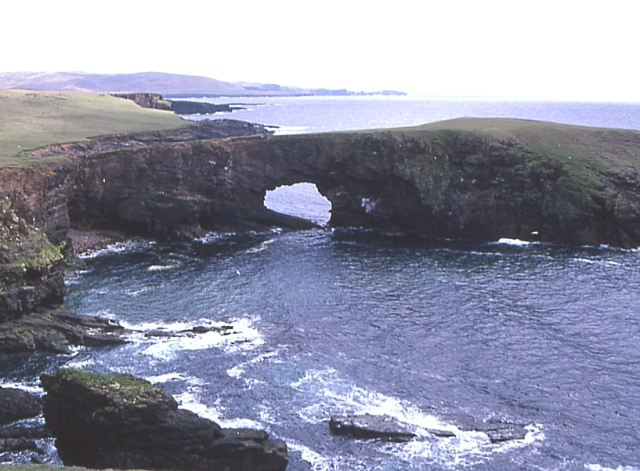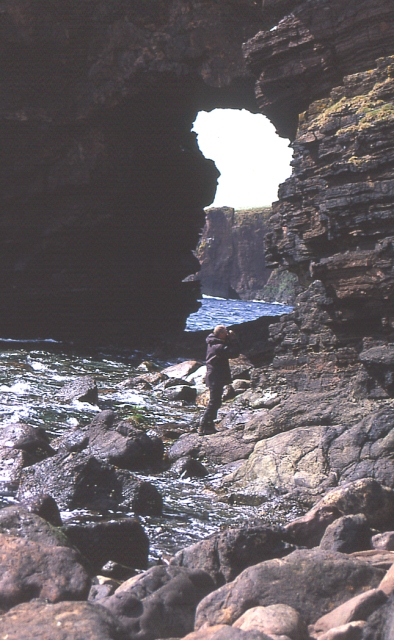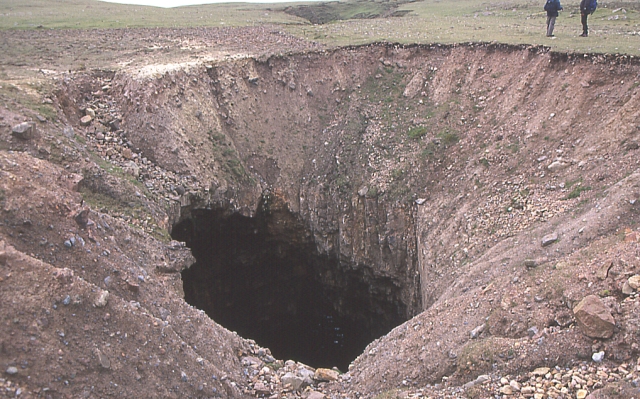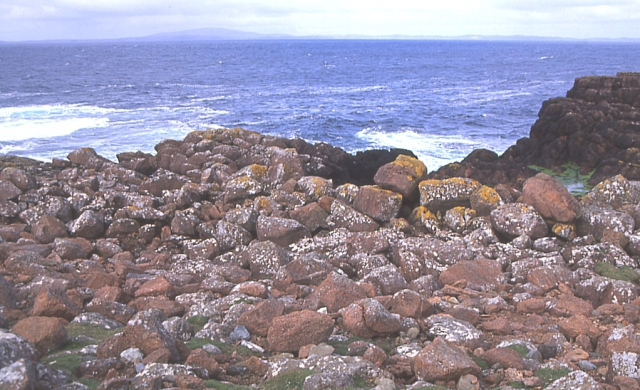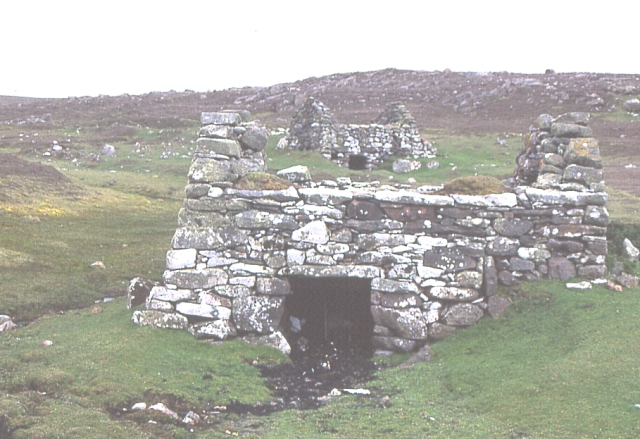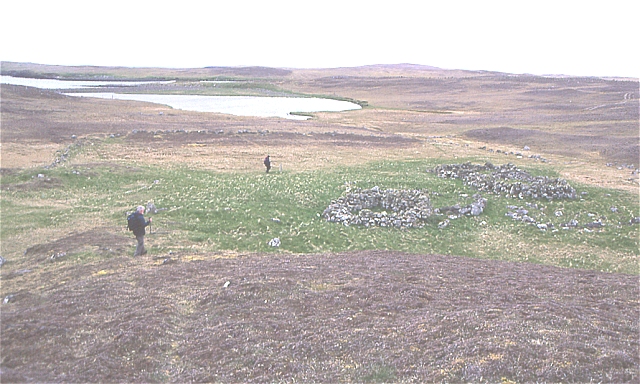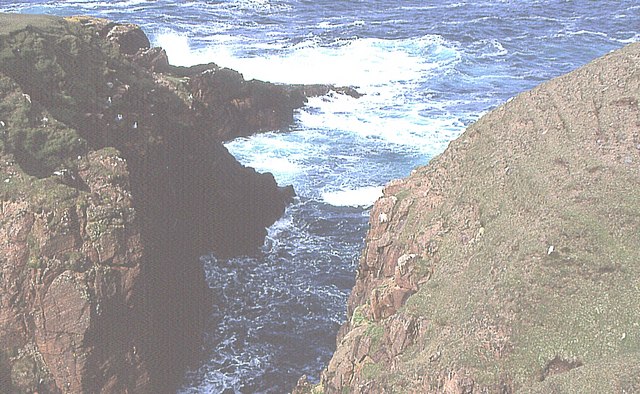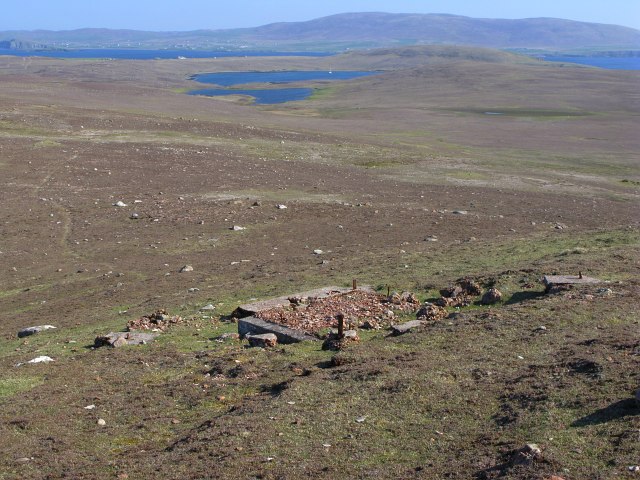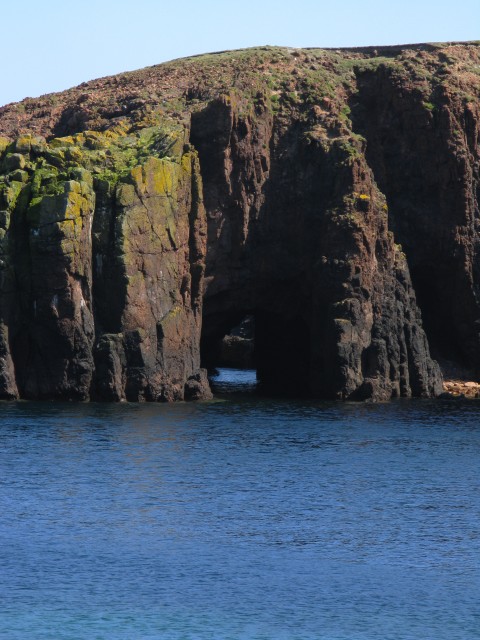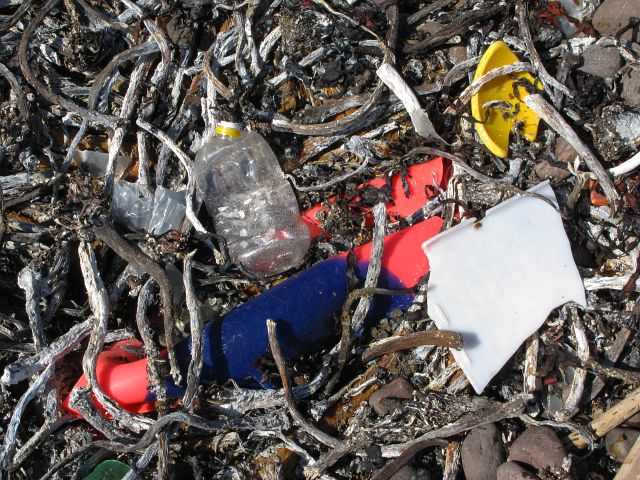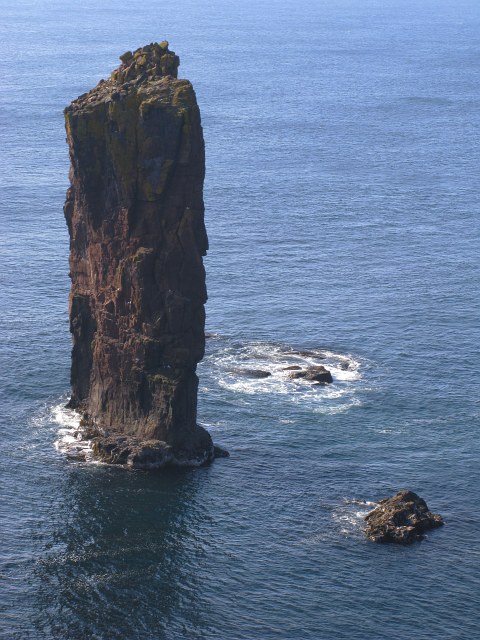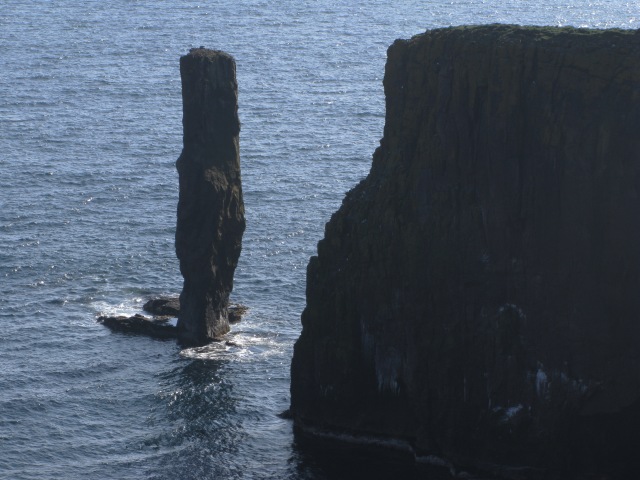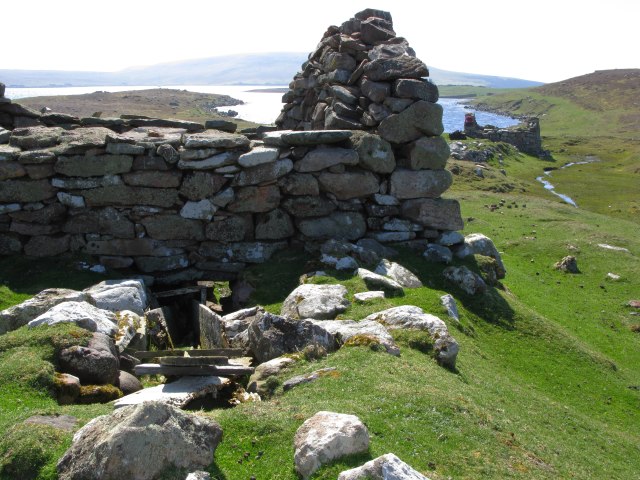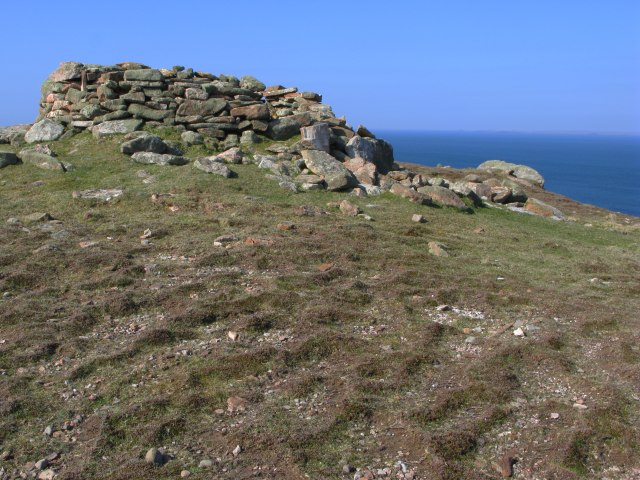The Kiln
Coastal Feature, Headland, Point in Shetland
Scotland
The Kiln
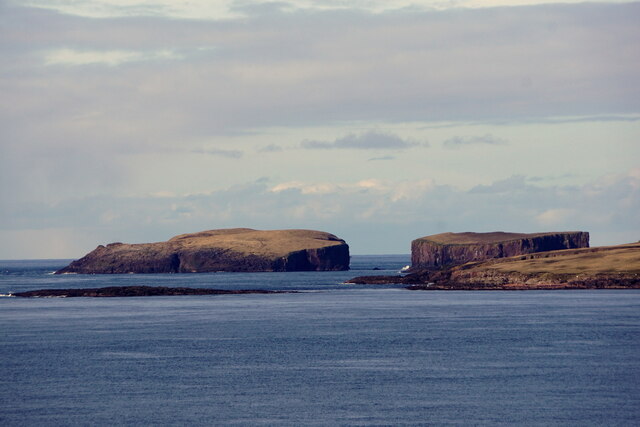
The Kiln is a prominent coastal feature located in the Shetland Islands, an archipelago in Scotland. Situated on the mainland, it is specifically found on the east coast of the South Mainland. The Kiln is a headland that extends into the North Sea, forming a distinctive point that is easily recognizable.
This coastal feature derives its name from the kiln-like shape that it exhibits, resembling an old-fashioned pottery kiln. The point is characterized by steep cliffs that rise abruptly from the sea, creating a dramatic and imposing landscape. These cliffs are composed of rugged rock formations, mainly consisting of sandstone and shale. The color palette of the rocks varies from shades of gray to brown, adding to the visual appeal of The Kiln.
The location of The Kiln makes it an ideal spot for coastal activities such as birdwatching and fishing. The cliffs provide nesting sites for seabirds such as fulmars, kittiwakes, and guillemots, making it a popular destination for bird enthusiasts. The surrounding waters are also known for their abundance of fish, attracting anglers who seek a rewarding catch.
The Kiln is easily accessible via a well-maintained footpath that leads to the headland. This path offers stunning views of the surrounding coastline and can be enjoyed by both casual walkers and experienced hikers. The area is also home to a diverse range of flora and fauna, with wildflowers and grasses dotting the landscape.
Overall, The Kiln is a captivating coastal feature that showcases the rugged beauty of the Shetland Islands. Its unique shape, impressive cliffs, and diverse wildlife make it a must-visit destination for nature enthusiasts and those seeking a tranquil coastal experience.
If you have any feedback on the listing, please let us know in the comments section below.
The Kiln Images
Images are sourced within 2km of 60.345233/-1.7181068 or Grid Reference HU1562. Thanks to Geograph Open Source API. All images are credited.
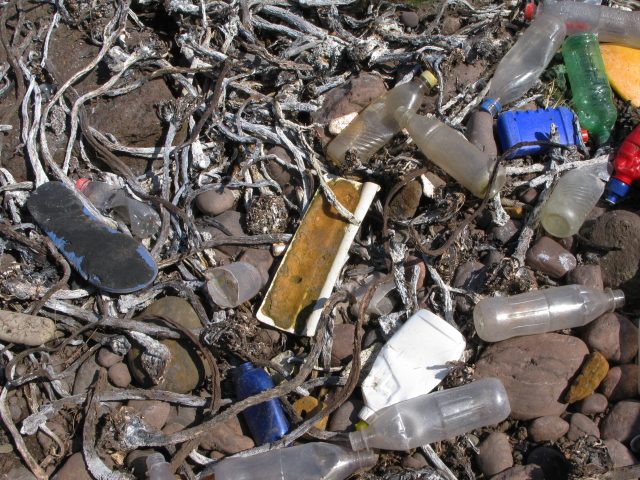
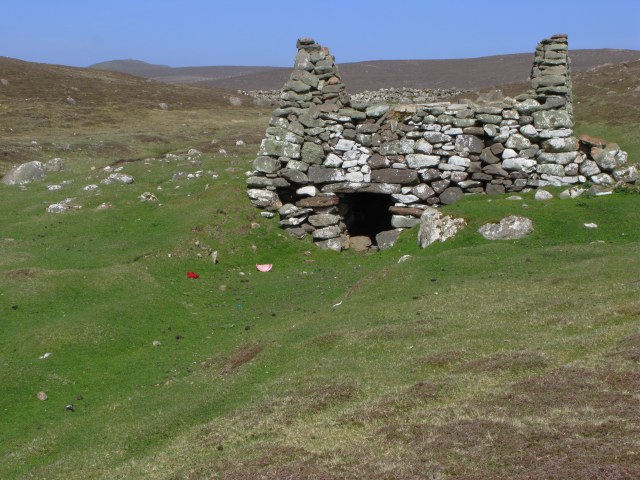

The Kiln is located at Grid Ref: HU1562 (Lat: 60.345233, Lng: -1.7181068)
Unitary Authority: Shetland Islands
Police Authority: Highlands and Islands
What 3 Words
///recording.remarking.sofa. Near Walls, Shetland Islands
Nearby Locations
Related Wikis
Papa Stour
Papa Stour (Scots: Papa Stour) is one of the Shetland Islands in Scotland, with a population of under fifteen people, some of whom immigrated after an...
Biggings
Biggings is a village on the island of Papa Stour, in Shetland, Scotland. Papa Stour's church is situated at the south of Biggings. A homestead of Duke...
Papa Stour Airstrip
Papa Stour Airstrip is a small airstrip in the village of Biggings on the island of Papa Stour. Shetland, Scotland. == History == Papa Stour Airstrip opened...
Maiden Stack
The Maiden Stack or Frau Stack is a tiny stack in the western Shetland Islands to the north of Brei Holm and east of Housa Voe in Papa Stour. It is so...
Have you been to The Kiln?
Leave your review of The Kiln below (or comments, questions and feedback).
